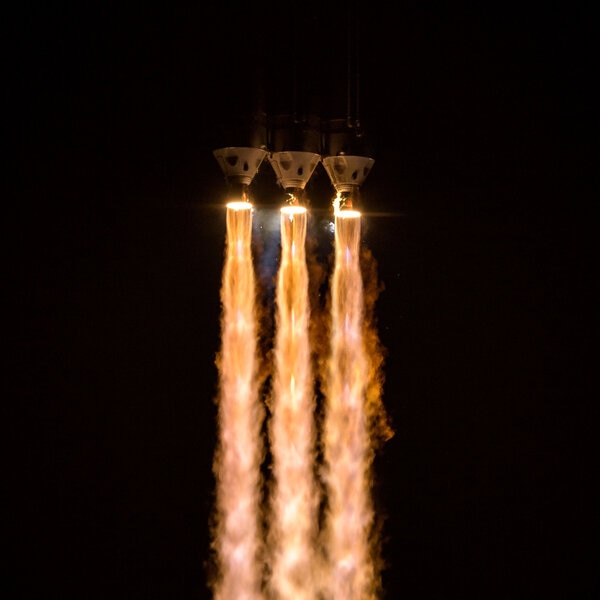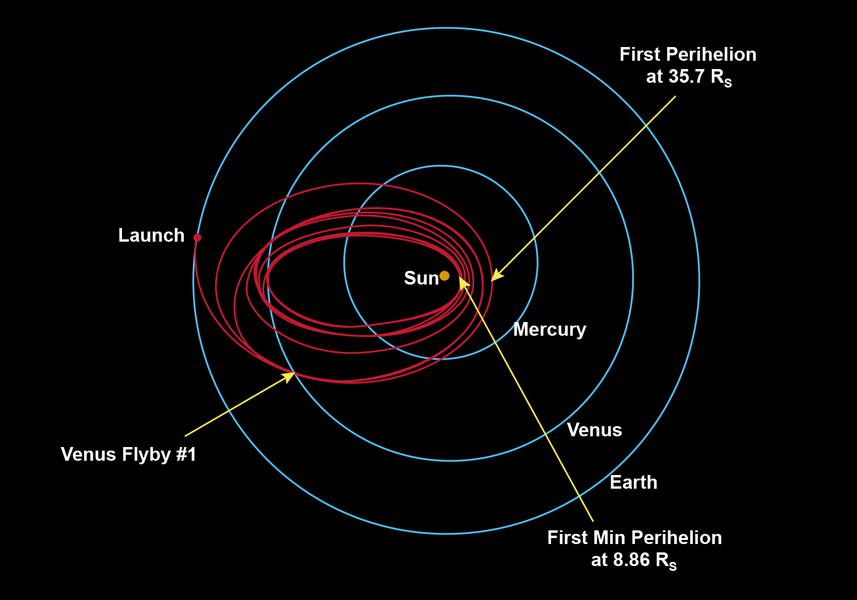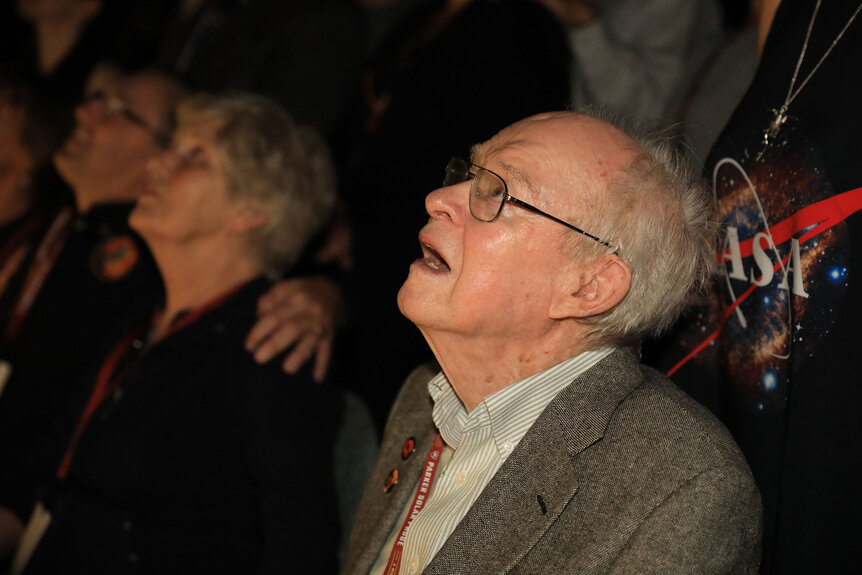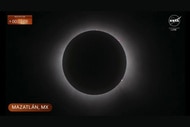Create a free profile to get unlimited access to exclusive videos, sweepstakes, and more!
NASA launches a probe to study the most dangerous star in the sky: The Sun
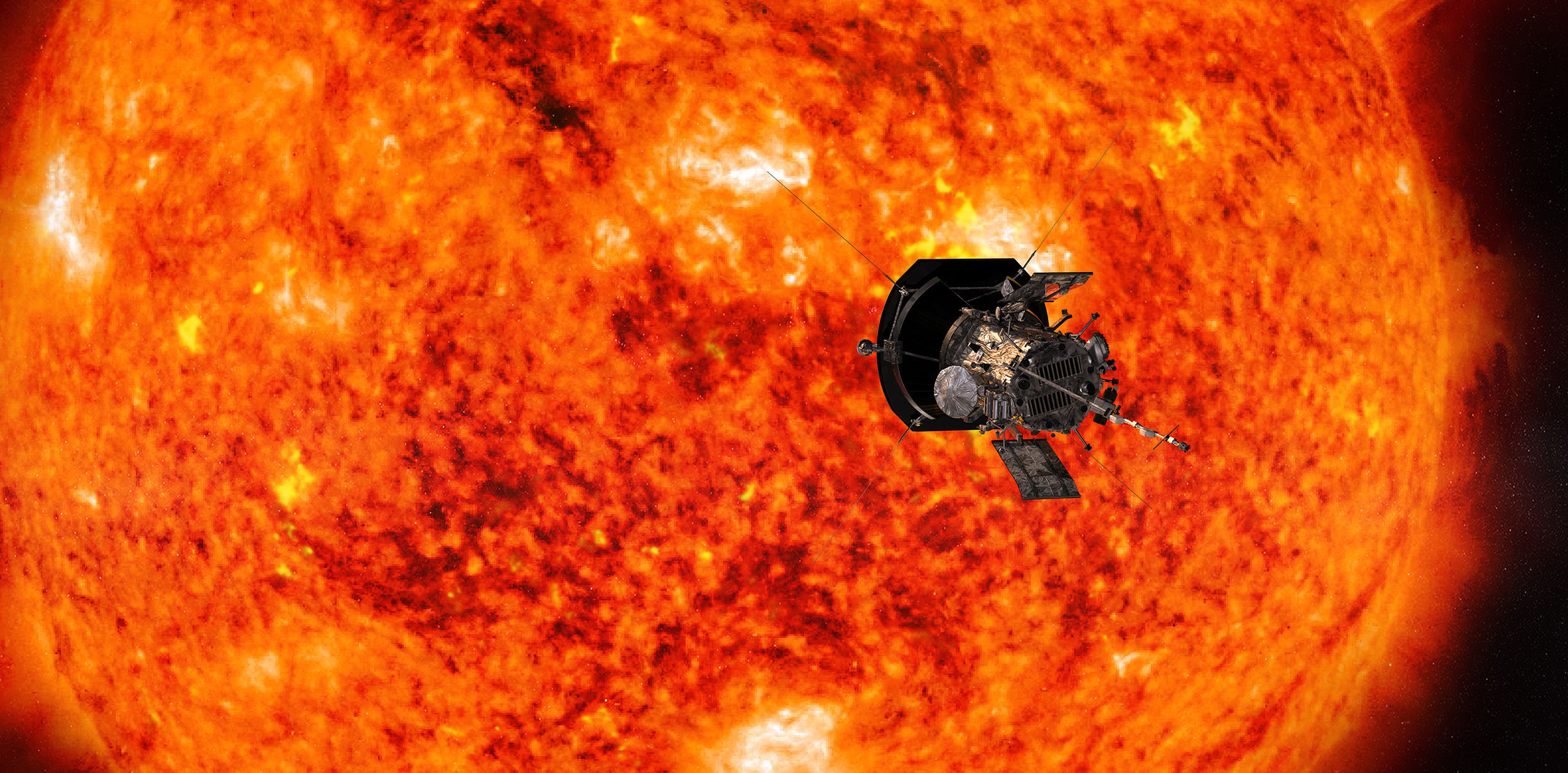
Yesterday, at 07:31 UTC (11:31 Eastern US time), NASA launched a new mission to study the most dangerous star in the sky: the Sun.
The spacecraft is called the Parker Solar Probe, and everything about this mission is so cool it's hard to know where to start.
And did I say "cool"? I mean "hot." Very, very hot.
The probe is designed to study the Sun's magnetic field and how it generates the solar wind. This is critically important! The Sun's magnetism is the source of ridiculously powerful blasts of subatomic particles we call solar storms. In some, called coronal mass ejections, a billion tons of hot plasma can scream away from the Sun at 10 million kilometers per hour. That's 1% the speed of light! The magnetic field embedded in the plasma can couple with the Earth's magnetic field, which in turn can cause huge currents of electrical energy to surge through the planet. This can blow out electric grids, causing widespread power blackouts.
I am not one for exaggeration in these circumstances, so hear me clearly: In 2012, the Sun blasted out a storm so fierce that had it hit the Earth, it would've wreaked utter havoc on the power grid, and would have been a global disaster. It was the most powerful such storm ever seen.
To be clear, storms this powerful are very rare, so we're likely not in imminent danger. But still, we need to understand these events as best we can, if only for our own good... but of course the pure science is fascinating, too, and something we should be investigating! And that's just what Parker will do (you can read more about this from my friend Mika McKinnon at Wired UK).
It has four instrument packages on board to study the Sun:
- FIELDS, to study the electric and magnetic fields near the Sun
- WISPR (Wide-Field Imager for Parker Solar Probe), the only camera on Parker, which will take wide-angle images of the corona, the Sun's ultra-hot upper atmosphere
- SWEAP (Solar Wind Electrons Alphas and Protons Investigation), which will measure the velocity, density, and temperature of subatomic particles near the Sun
- IS⊙IS (Integrated Science Investigation of the Sun, with the astronomical symbol for the Sun in the middle), which will study the subatomic wind from the Sun, including its origin, acceleration, and how it moves out and away from the Sun and into the solar system. [Note: for some reason, NASA is careful to say it's pronounced EE-sis, perhaps to avoid confusion with Archer fans.]
The science part of the mission will start in November, as the probe nears the Sun on the first of its planned 24 orbits of roughly 88 days each. And that brings us to the launch and how this mission will weave its way through the inner solar system.
The launch was on board a United Launch alliance Delta IV Heavy, one of the most powerful rockets ever built. This was necessary because it turns out getting near the Sun is hard. The Earth orbits our star at about 30 kilometers per second, and to drop down toward the Sun the probe needs to kill a lot of that velocity. Think of it like tossing a baseball out a car window as you drive down the highway: Relative to the ground, that baseball is moving at 100 kilometers per hour. If you want someone to catch it gently, you'd need to throw it backward as hard as you can to slow it down relative to them.
After launch, the rocket put Parker in a circular low-Earth orbit, then waited half an orbit later to give it a huge kick backward, into the direction opposite the Earth's orbital motion. But even that is not enough; the probe needs to get as close to the Sun as possible, so it will fly past the planet Venus and use its gravity and orbital motion to lower its own orbital energy, which will drop it even closer to the Sun. In fact, it will have to do this an astonishing seven times over the mission, lowering its closest Sun approach distance (called perihelion) every time.
Amazingly, in the last planned orbit in 2025, the probe will drop to a scorching 6 million kilometers from the Sun's surface, where the gravity of the star will accelerate it to nearly 700,000 kilometers per hour! That's fast enough to cross the continental United States in 25 seconds, and will make it the fastest probe ever sent into space by humans. It's also the closest anything we've ever sent will get to the Sun.
To protect it, Parker has a shield made of carbon composite that's over 11 centimeters thick. The shield is 2.3 meters across, wide enough to shadow the 1-meter-wide probe (which stands 3 meters tall; the shield is at one end) from the temperatures that will get as high as 1,400° Celsius. That's hot enough to melt aluminum and copper. The engineering of this probe is impressive.
One final note: The probe is named after Eugene Parker, a pioneer in solar astronomy (and who coined the term "solar wind"). Parker was at the launch, and this photo of him watching it roar into space really stopped me in my tracks.
The science of the mission is crucial. The technology is fierce. The engineering is so difficult it took decades for materials science to catch up with the needs of the probe.
But the real reason this mission is possible is because of people. Humans wanted to know more, humans saw the need, humans designed the hardware, the rocket, the electronics, the detectors, the mechanisms. Humans found a mystery, and wanted to solve it.
We send our robots into space to do the work we cannot do ourselves. But in a very real sense we go with them.
